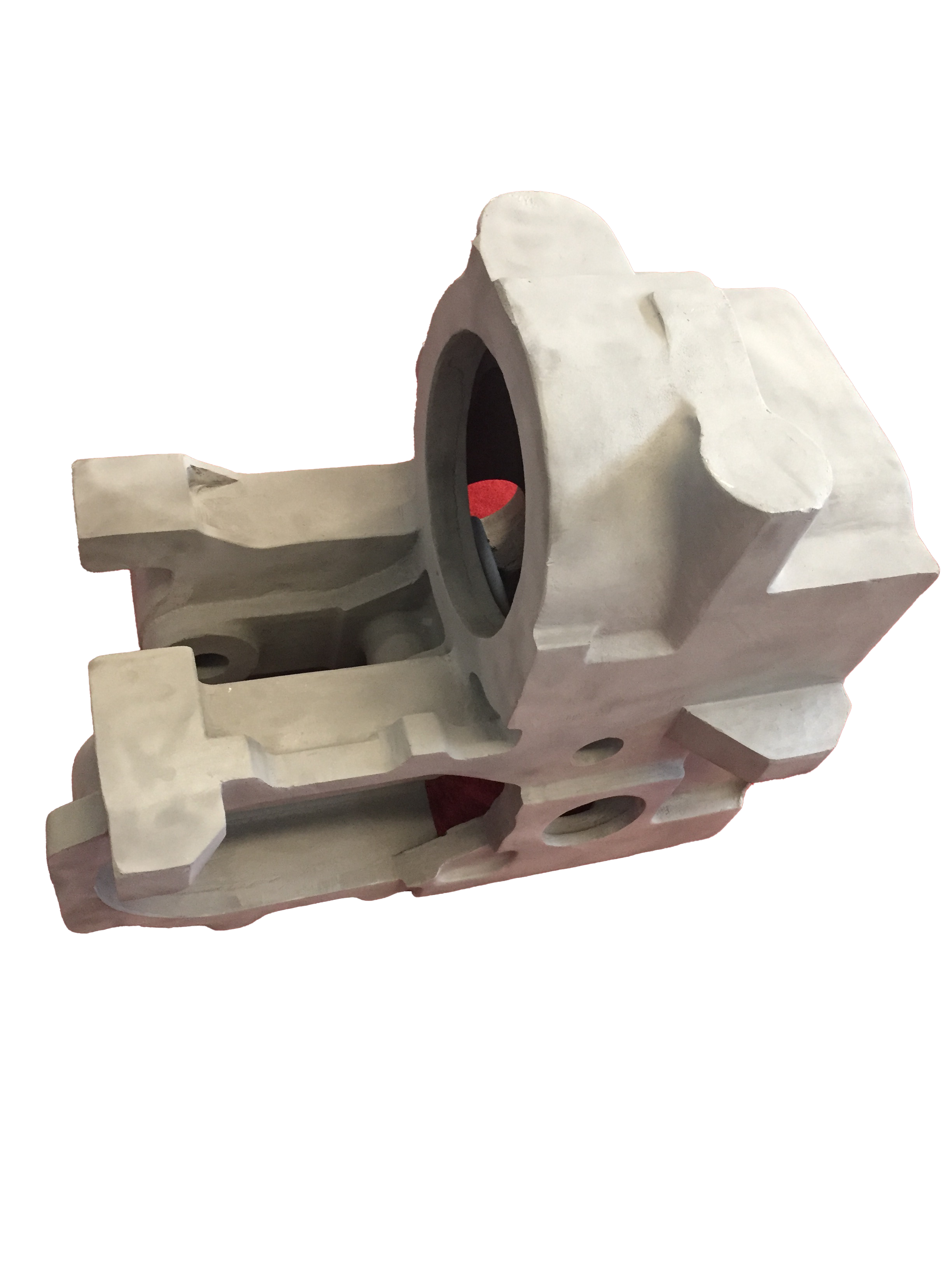Błąd formatu e-mail
emailCannotEmpty
emailDoesExist
pwdLetterLimtTip
inconsistentPwd
pwdLetterLimtTip
inconsistentPwd

Aktualności
What Are the Characteristics of CNC Lathes?
The feed system of CNC lathes is essentially different from that of ordinary lathes. The CNC lathe does not have the traditional feed box and exchange gear frame. It directly uses the servo motor to transmit to the slide plate and the tool holder through the ball screw to realize the z-direction (longitudinal) and x-direction (transverse) feed movement. The ordinary horizontal movement of the main shaft of the CNC lathe is transmitted to the tool rest through the hanging wheel frame, the feed box, and the distillation slide plate to realize the longitudinal and transverse movement. Therefore, the structure of the feed transmission system of the CNC lathe is greatly simplified compared with the ordinary horizontal lathe. Although there is no mechanical transmission connection between the CNC lathe spindle and the longitudinal screw, it also has the function of processing various threads.
It generally uses a servo motor to drive the spindle to rotate, and a pulse encoder is installed in the spindle box. When the spindle rotates, the pulse encoder sends a detection pulse signal to the numerical control system, so that the rotation of the spindle motor and the cutting feed of the tool holder are synchronized, that is, when the thread is machined, the spindle rotates once, and the tool holder z moves the workpiece one by one. The kinematic relationship of the lead.

CNC lathes have the following characteristics:
High precision
The performance of the CNC lathe control system is constantly improving, the mechanical structure is constantly improving, and the precision of the machine tool is increasing day by day.
High efficiency
With the application of new tool materials and the improvement of mechanical structure, the machining efficiency, spindle speed, and transmission power of CNC lathes have been continuously improved, which greatly shortens the idle rotation time of new CNC lathes. Its processing efficiency is 2 to 3 times that of ordinary lathes. The more complex the shape of the processed parts, the more efficient the processing characteristics of CNC lathes can be.
High flexibility
The teaching-controlled lathe has high flexibility and is suitable for the white-motion processing of multi-variety and small-batch parts.
Strong process performance
CNC machine tools can be used for both roughing and finishing and can complete all or most of its operations in one clamping.
Reduce labor intensity and improve working conditions
In the machining of CNC lathes, in addition to loading and unloading parts, operating the keyboard, and observing the operation of the machine tool, other machine tool actions are automatically and continuously performed according to the requirements of the machining program, and the operator does not need to perform heavy repetitive manual operations. Ordinary lathe basins need to be manually operated in the whole process, including workpiece clamping, cutting feed, dimension, and side measurement, etc. In CNC lathe processing, after the program is compiled, only the workpiece needs to be clamped, and the rest is done automatically by the machine tool. Reduce labor intensity. Since online measurement and human intervention are not required, CNC lathes generally adopt a closed structure to prevent the outflow of chips and coolant and reduce noise. Thereby improving working conditions.
Modular design
The manufacture of CNC lathes is mostly designed with the principle of modularization.
Other features
The CNC lathe also has the characteristics of light drag (the movement of the tool holder adopts a ball screw pair), sufficient cooling during processing, and strict protection.
Conclusion
For more information about cnc lathe rapid prototyping,dynamic cnc lathe,live spindle lathe, we are glad to answer for you.

